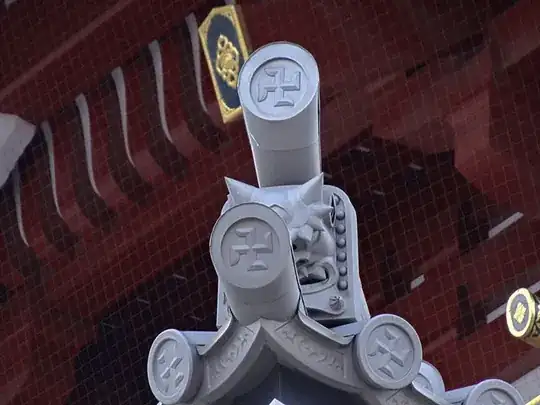Comedian David Sedaris performed at the Sydney Opera House. During his performance, he gave an anecdote about being in a store in Japan. (Confirmation link, but I heard about this elsewhere)
He was looking at a T-shirt with a bear with a fish in its mouth, a river, and a bright yellow swastika. Sedaris looked at the T-shirt with some puzzlement. A shop assistant noticed his puzzlement, and helpfully explained what he obviously was pondering about: the fish was a salmon!
Are swastikas considered so normal in Japan that a shop-keeper wouldn't have thought of that being the source of Sedaris' confusion?
